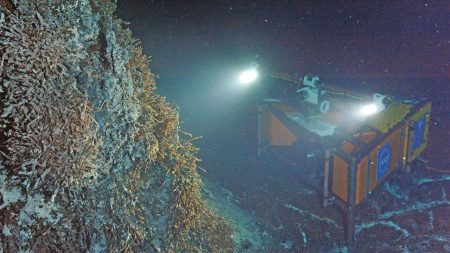Transforming Mars: Engineering an Earthlike Atmosphere
Humanity has long dreamed of making Mars a second home, but before we can walk freely on the Red Planet’s surface, we must solve its hostile atmosphere problem. The current Martian atmosphere is thin (less than 1% of Earth’s density), primarily carbon dioxide, and offers little protection from radiation or temperature extremes. However, scientists and engineers are developing innovative approaches that could potentially transform Mars into a more habitable world over time.
The concept of planetary engineering, or terraforming, once belonged solely to science fiction but has gradually moved into serious scientific discussion. Among the most promising approaches are asteroid redirections, which could deliver volatiles and energy to Mars. By carefully calculating trajectories, engineers could guide resource-rich asteroids to impact Mars, releasing water, carbon dioxide, and other compounds locked within these celestial bodies. The kinetic energy from these impacts would generate significant heat, potentially jump-starting atmospheric warming processes. While highly technical and carrying risks, controlled asteroid impacts represent one of the most energy-efficient methods to rapidly transform Mars’s climate system by introducing massive quantities of atmosphere-building materials in relatively short timeframes.
Microbial engineering offers a more subtle but potentially revolutionary approach. Earth’s atmosphere was fundamentally transformed by microbial life over billions of years, and scientists are exploring how specially engineered microorganisms might accelerate similar processes on Mars. These microbes could be designed to survive Mars’s harsh conditions while performing valuable functions like breaking down regolith components, producing oxygen, fixing nitrogen, or generating greenhouse gases to warm the planet. The introduction of such organisms would essentially replicate Earth’s early atmospheric development but at an accelerated pace. This biological approach has advantages in being self-replicating and potentially more controllable than physical engineering methods, though it would likely require centuries to produce significant atmospheric changes.
Mining and industrial processing of Mars’s own resources represents a third pathway to atmospheric engineering. The Martian surface and subsurface contain abundant compounds that could be converted to atmospheric gases through large-scale industrial operations. For example, heating the planet’s carbon-rich regolith could release substantial carbon dioxide, while processing water ice deposits could generate oxygen through electrolysis. Mining operations could be gradually scaled up as human presence on Mars increases, using increasingly autonomous robotic systems to process larger volumes of material. This approach appeals to pragmatic engineering sensibilities by leveraging resources already present on Mars rather than requiring massive imports from elsewhere in the solar system.
These approaches would likely be implemented in careful phases rather than in isolation. Initial efforts might focus on creating localized habitable zones or “paraterraforming” under protective domes, while larger-scale atmospheric modifications gradually take effect. Engineers would need to develop sophisticated monitoring systems to track atmospheric development, allowing for adjustments to avoid unintended consequences. The ethical dimensions of such planetary engineering are significant as well – questions about potential Mars microbiomes, resource rights, and humanity’s authority to transform another world require thoughtful consideration alongside technical planning. International frameworks would need to evolve to govern these activities, balancing scientific exploration with preservation concerns.
While full terraforming of Mars remains beyond our current technological capabilities, the incremental steps toward atmospheric modification appear increasingly feasible with advancing technology. Creating a breathable atmosphere would likely remain a multi-century project, but intermediate improvements could support expanded human presence and scientific research even before completion. As we grapple with climate challenges on Earth, the knowledge gained from attempting to engineer Mars’s atmosphere could provide valuable insights for our home planet as well. The dream of standing on Mars without a pressure suit, feeling a manufactured breeze on your face while gazing at the transformed landscape, may one day become reality through this combination of astronomical engineering, biological innovation, and industrial determination.















